ALSO BY RICHARD ZACKS
The Pirate Coast
The Pirate Hunter
An Underground Education
History Laid Bare

Copyright 2012 by Richard Zacks
All rights reserved. Published in the United States by Doubleday,
a division of Random House, Inc., New York, and in Canada by
Random House of Canada Limited, Toronto.
www.doubleday.com
DOUBLEDAY and the portrayal of an anchor with a dolphin are registered trademarks of Random House, Inc.
constitute an extension of this copyright page.
Cover design by Roberto de Vicq de Cumptich
Cover photograph of the woman: The Granger Collection, New York
Cover photograph of Roosevelt: Apic / Getty Images
LIBRARY OF CONGRESS CATALOGING-IN-PUBLICATION DATA
Zacks, Richard.
Island of vice : Theodore Roosevelts doomed quest to clean up sin-loving
New York / Richard Zacks. 1st ed.
p. cm.
1.Vice controlNew York (State)New YorkHistory19th century.
2.Roosevelt, Theodore, 18581919.3.Police administrationNew York
(State)New YorkHistory19th century.4.New York (N.Y.)
Moral conditionsHistory19th century.5.New York (N.Y.)Social
life and customs19th century.I.Title.
HV6795.N5Z33 2012
363.2309747109034dc23
2011028586
eISBN: 978-0-385-53402-4
v3.1_r2
For Georgia and Ziggy
 stunningly beautiful woman stood at the highest point of the Manhattan skyline. She was naked, perched on her tiptoes at the very top of the tower of Madison Square Garden at 26th Street, more than 300 feet off the ground. Fifty Edison lamps lit her up, revealing slim adolescent hips, pomegranate breasts, a hairless cleft. Late-night revelers staggering home from the taverns and clubs tipped their hats to her.
stunningly beautiful woman stood at the highest point of the Manhattan skyline. She was naked, perched on her tiptoes at the very top of the tower of Madison Square Garden at 26th Street, more than 300 feet off the ground. Fifty Edison lamps lit her up, revealing slim adolescent hips, pomegranate breasts, a hairless cleft. Late-night revelers staggering home from the taverns and clubs tipped their hats to her.
The womans name was Diana. She was a thirteen-foot gilded copper statue of the Roman goddess of the hunt. Lovely Diana, virginal goddess, towered over the surrounding five-story buildings. Guidebooks touted her as drawing as many visitors as that clothed giantess of liberty in the harbor. Perfectly balanced on ball bearings, the statue could spin. For more than a decade, Dianas breasts and outstretched arm revealed the direction of the winds. New Yorkers knew that nipples pointing uptown meant breezes to the north.
Architect Stanford White had paid for her out of his own pocket and demanded a pubescent body that matched his desires. Famed sculptor Augustus Saint-Gaudensbetter known for his equestrian heroeshad modeled this, his only nude female statue, after his young mistress, Julia Baird.
Under the respectable cloak of neoclassical art, Diana was the sly insider joke of these two famous men, a museum-worthy tribute to forbidden lust. And so she was the perfect symbol of New York in the 1890s, a city of silk top hats on Wall Street and sixteen-year-old prostitutes trawling Broadway in floor-length dresses, of platitudes uptown and bawdy lyrics on the Bowery, of Metropolitan Opera divas performing Wagner and of harem-pantsed hoochie-coochie dancers grinding their hips on concert saloon stages.
Manhattan, then growing in prestige by the minute, rated handfuls of superlatives: nations financial capital (Wall Street), nations leading commercial port (144 piers), dominant manufacturing center (12,000 factories and 500,000 workers), arts capital (museums and 100 theaters delivering a forty-week season), nations premier residential address (Fifth Avenue), philanthropic center, cosmopolitan melting pot.
Almost two million people lived here, the wealthiest and the poorest crammed onto about a dozen square miles of one ideally situated island, with many neighborhoods joined by a mere five-cent cable car ride. The city housed more Irish than Dublin, more Germans than any city but Berlin, with pockets of Syrians, Turks, Chinese, Armenians, and with a new steady influx of Italians and Russians. The polyglot babble of the streets dizzied the minds of fifth-generation Americans. While the upper crust aimed at a stagey British enunciation, la the characters of Henry James and Edith Wharton, the poor of New York garbled the language into a street slang that often required interpretation. When Billy McGlory, a notorious saloon keeper, testified about a prostitute stealing a mans wallet and refusing to give it back, he said under oath in a courtroom: If the bloody bitch had turned up the leather, I wouldnt be in this trouble. Its the first time I ever called a copper in my house on a squeal and I get it in the neck for trying to do whats right.
New York was a thousand cities masquerading as one. Its noise, vitality, desperation, opulence, hunger all struck visitors. Department stores such as Sterns straddled city blocks; telephone companies linked 15,000 wealthy private customers. Convicted vagrants served time in workhouses on Blackwells Island. Columbia College bought the land of the Bloomingdale Lunatic Asylum for a new uptown campus. The poorer districts smelled of sweat and horse manure. Many tenements had courtyard outhouses. The poorest slept in shifts. Uptown near Central Park, liveried servants helped veiled ladies into black enameled coaches, some bearing family coats of arms acquired by marrying European princes.
Not a single traffic light or even a stop sign regulated the mad flow of tens of thousands of horses, carriages, wagons, public horse and cable cars. Anarchy ruled the corners, and foreigners complained about the dangers of crossing busy streets. New York wagon drivers, paid for speed, cursed in many languages. Vehicles could ride in any direction on any street. The five-mile-per-hour speed limit was routinely ignored; the only faint attempt to aid pedestrians trying to dart across the streets was a squad of two dozen tall policemen stationed at major Broadway intersections.
Thieves stole more horses in New York City than in the entire state of California or Texas, and then raced to outlaw stables scattered around townthe equivalent of modern-day chop shopsto quick-dye horses coats from dappled gray to black, clip tails, and repaint wagons. Four massive elevated train lineson Second, Third, Sixth, and Ninth Avenuesstriped the island north and south, casting shadows and coal ash, and allowing intimate glimpses into second-story apartments.
Above all, New York reigned as the vice capital of the United States, dangling more opportunities for prostitution, gambling, and all-night drinking than any other city in the United States.
A man with a letch, a thirst, or an urge to gamble could easily fill it night or day. Saloon owners, such as Mike Callahan, tossed their keys in the East River and never locked up. Richard Canfield ran his elegant casinorecommended guests onlyat 22 West 26th Street, under the shadow of Diana. Swells in frock coats played faro and roulette for thousands, with no money exchanged, only elegant inlaid-ivory chips gliding across tables. A four-star chef waited in the basement for dinner orders. Other gamblers, wanting to bet on horse races as far away as New Orleans, could find pool rooms with telegraph tickers in the second floors of saloons and back rooms of hotels.


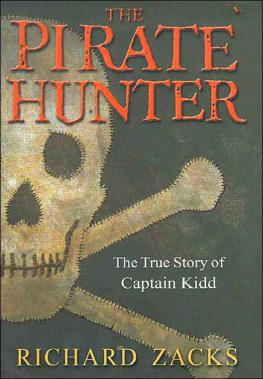
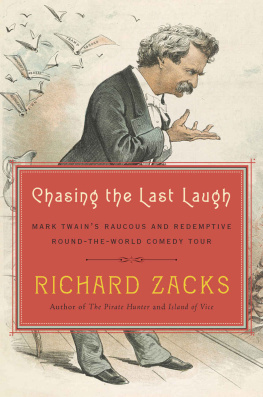
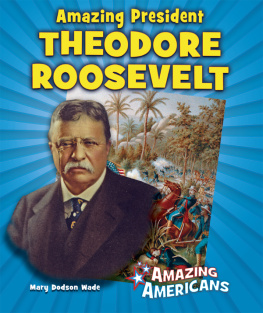
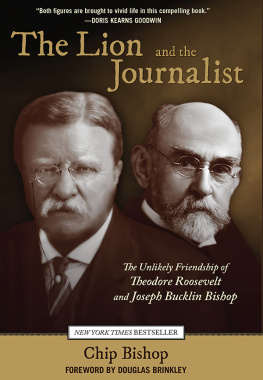
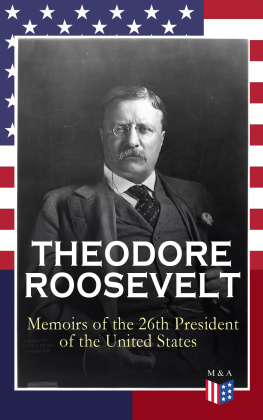
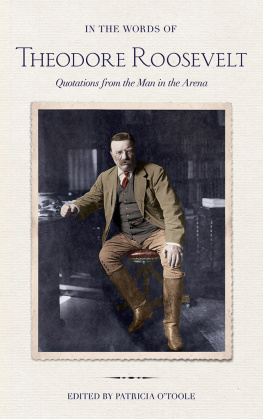
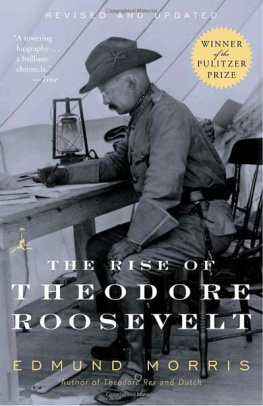
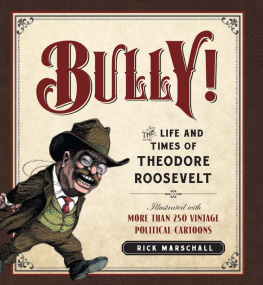
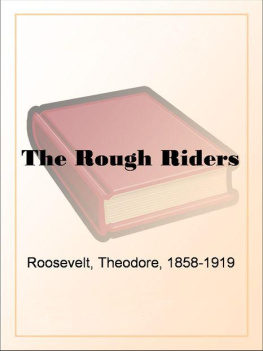
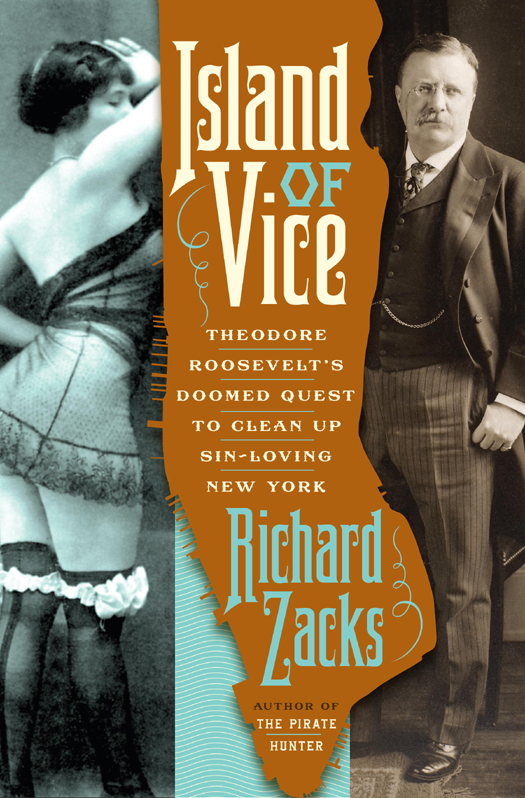
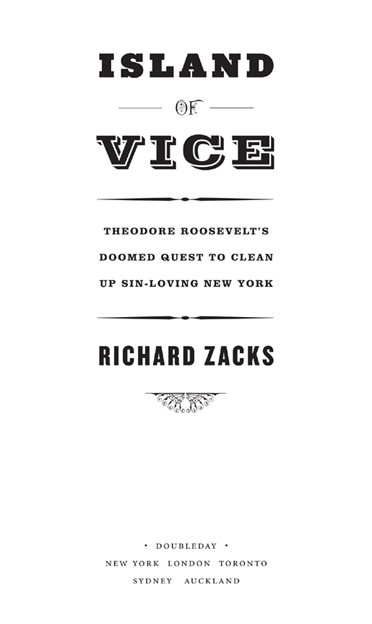



 stunningly beautiful woman stood at the highest point of the Manhattan skyline. She was naked, perched on her tiptoes at the very top of the tower of Madison Square Garden at 26th Street, more than 300 feet off the ground. Fifty Edison lamps lit her up, revealing slim adolescent hips, pomegranate breasts, a hairless cleft. Late-night revelers staggering home from the taverns and clubs tipped their hats to her.
stunningly beautiful woman stood at the highest point of the Manhattan skyline. She was naked, perched on her tiptoes at the very top of the tower of Madison Square Garden at 26th Street, more than 300 feet off the ground. Fifty Edison lamps lit her up, revealing slim adolescent hips, pomegranate breasts, a hairless cleft. Late-night revelers staggering home from the taverns and clubs tipped their hats to her.